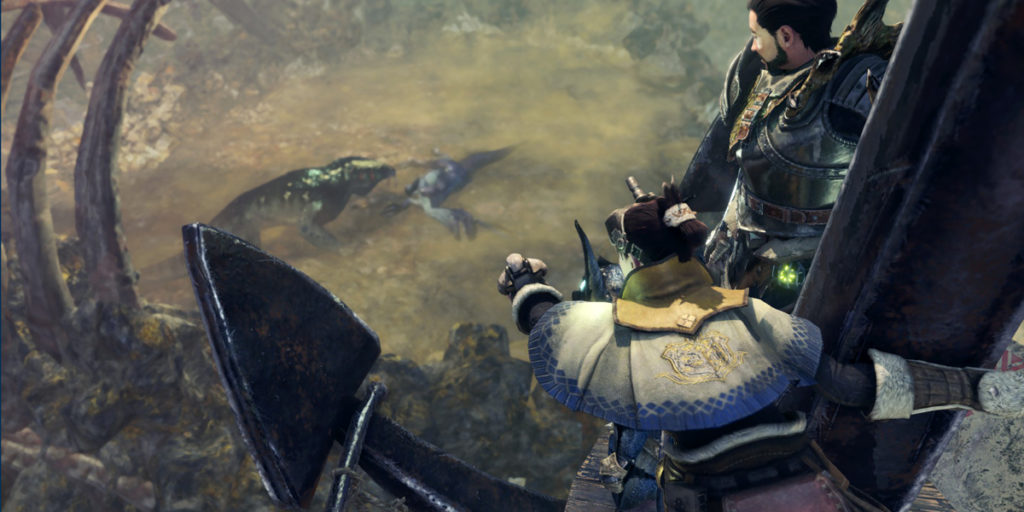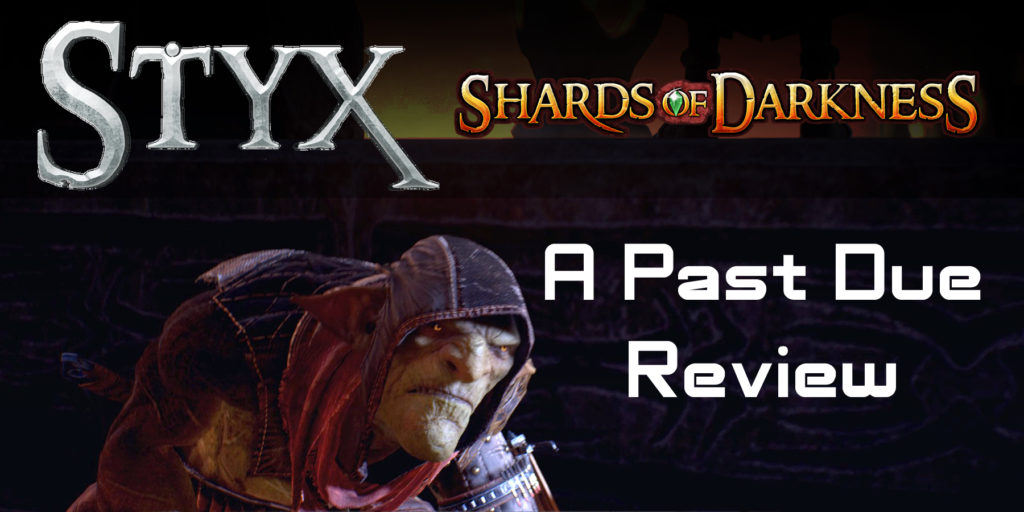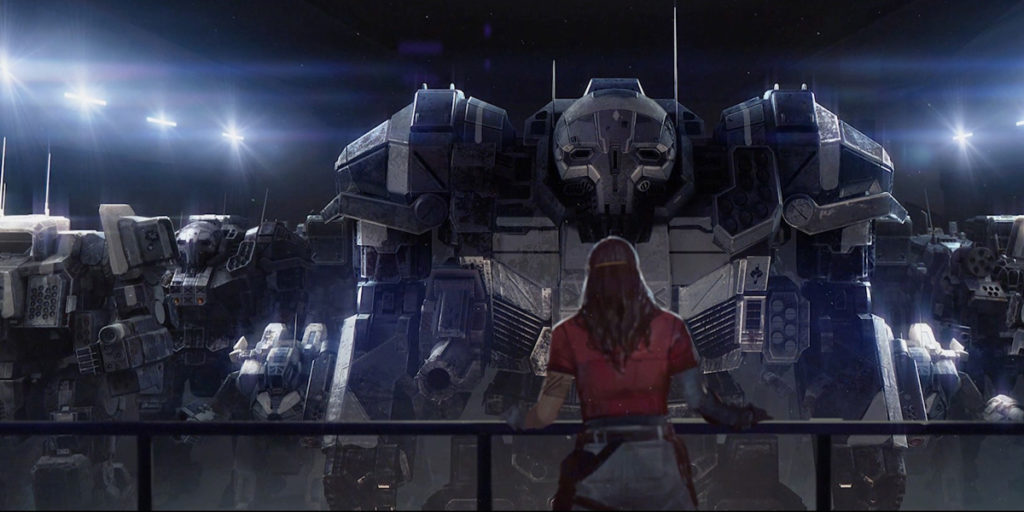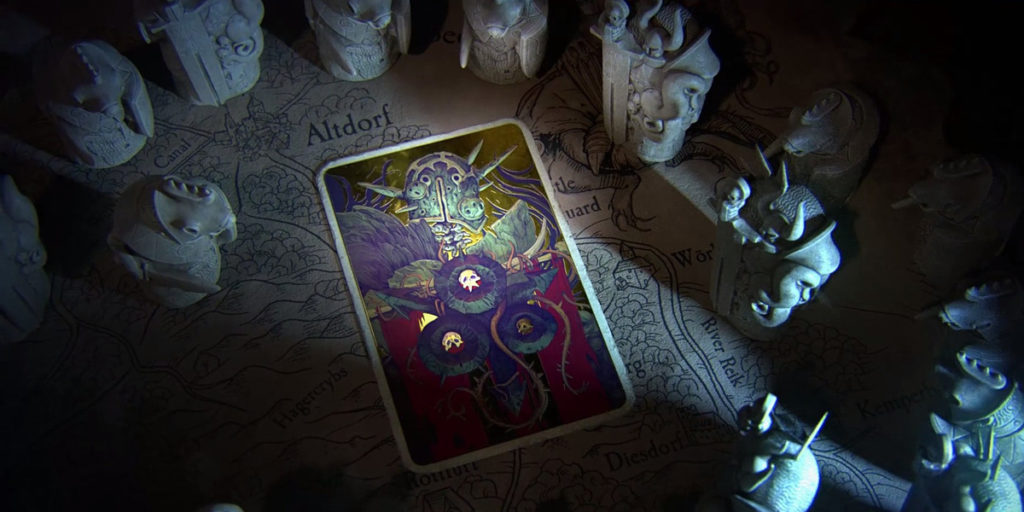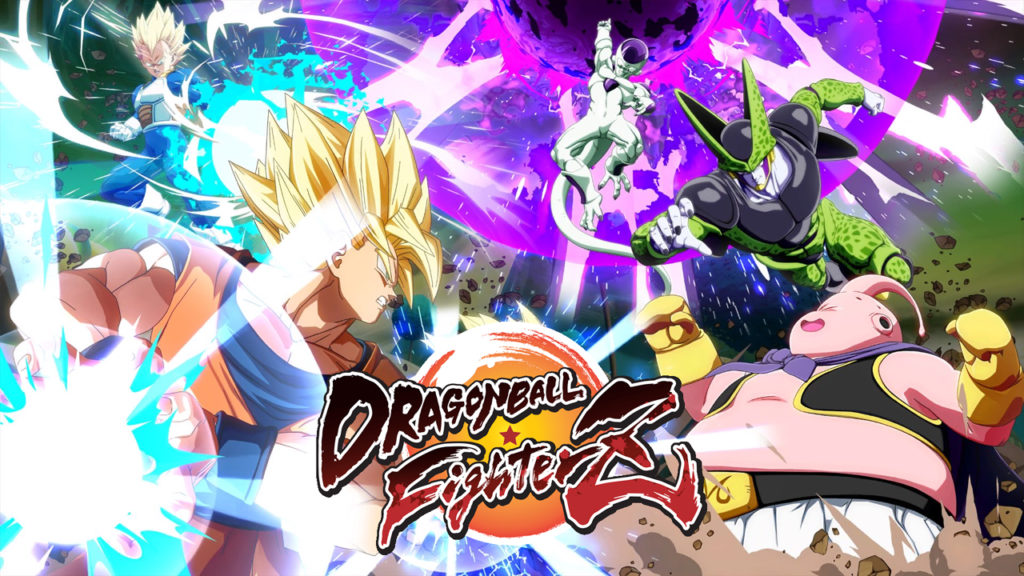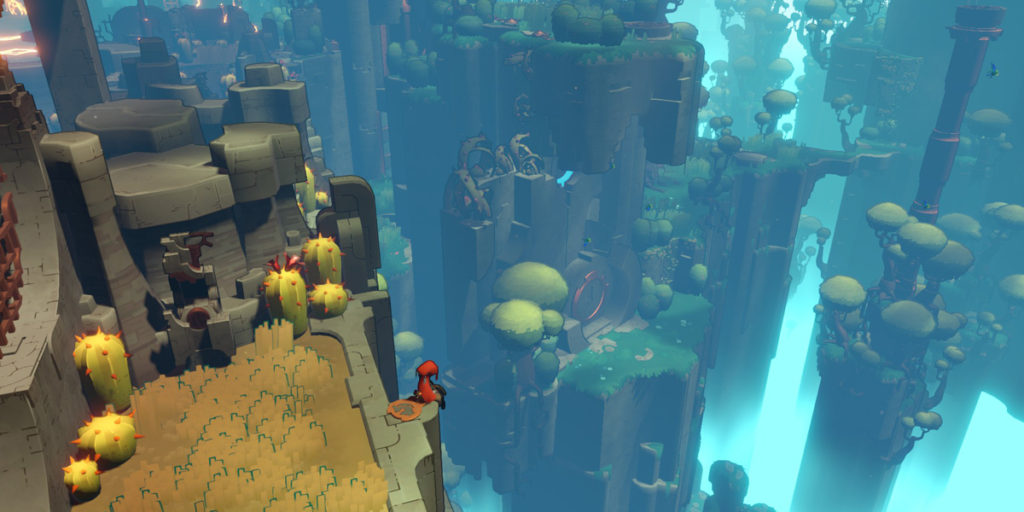In the late summer of 1998, Cartoon Network began airing episodes of an obscure (in the US at the time) nine-year-old anime series called Dragon Ball Z. The show was an immediate hit. In fact, so immense was its popularity, that it nearly single-handedly brought anime (and manga) into the mainstream in America. When I was introduced to the series in the early autumn of '99, I was instantly hooked. Watching DBZ became a daily afternoon ritual with my buddy at the time. And I didn't stop there. Over the next few years I amassed a small collection of Dragon Ball Z paraphernalia including t-shirts, posters, action figures, and even VHS tapes and DVDs.
The first licensed video game to come out following the show's US debut was the Dimps-developed fighting game, Dragon Ball Z: Budokai. After it came to the GameCube in 2003, I pretty much jumped at the chance to try it out. After all, if there ever existed a property just screaming for a truly awesome fighting game adaptation, it was Dragon Ball Z. Sadly, however, Dimps wasn't quite up to the task.
Budokai was a bit of a let down. It didn't really do proper justice to the series. Despite this fact (and the tepid reviews), Dimps was allowed to go right on churning out a slew of lackluster, half-hearted sequels, year after year, for well over a decade. With so many titles that lacked even so much as a hint of additional effort or enthusiasm from Dimps, and no sign of a developer change on the horizon, it seemed like Dragon Ball Z was doomed to an eternity of uninspired shovelware video games.
Read more


